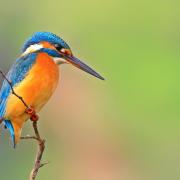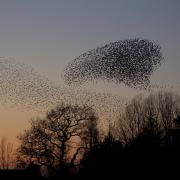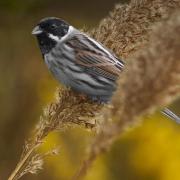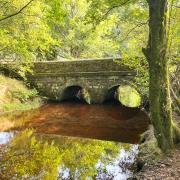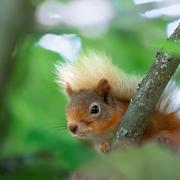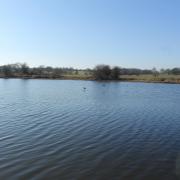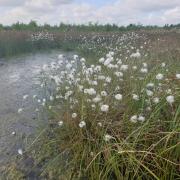The Irish Sea coast is an exciting place to spot wildlife both in and out of the water, says Alan Wright of Lancashire Wildlife Trust.

This time last year, I was out with our Living Seas team digging in the mud looking for interesting creatures. Insects, worms and crustaceans are all working away beneath your feet as you paddle on the beach.
We attracted hundreds of families to the Lancashire coast last year, helping us to search in the mud and in rockpools for the signs that wildlife is thriving on our coast.
Shore searches helped us to find signs of other life, like ray and shark eggs, which amaze me every time I am there. It just proves that there is a lot of life in the Irish Sea. Every time there are jellyfish washed up on the beach we know there are turtles out there feeding on them.
We also know there are basking sharks and humpback whales passing through the channel between Ireland and Blackpool, Fleetwood, Heysham and Morecambe. Dolphins are seen in large schools and, in the past five years, grey seals are breeding in our bit of the ocean again. But things could be so much better and there has been some really good news in the last year to improve matters.

In 2018, the Coastal Communities Fund awarded £71,000 over two years, to help the Living Seas team bring people living and visiting the coast closer to nature.
You may have already seen our marine officers and volunteers working with families and schools, finding out more about the wildlife that lives in and around the Irish Sea.
While the plan is to encourage nature tourism, where people take holidays specifically to visit our wild areas, it is also aimed at educating children about the fabulous plants and creature they have on their doorstep. In all this we are supported by Love My Beach, Fylde, Wyre and Blackpool councils and the Coastal Community teams.
I spent a day in Blackpool last week and it is always an exciting experience but, to me, even more exciting is looking out for wildlife. While the gulls are as comfortable as the tourists on the promenade, look out a bit further and watch oystercatchers flying just above the waves.

My favourite bird here is the common sandpiper which you will have seen when the tide comes in at St Annes. This small wading bird can be seen "teetering", bobbing up and down as it feeds. If disturbed they will take off together and land just a bit further on.
Common sandpipers are green-brown above, with a bright white belly. They display a brown rump and strong white wingbars when they fly and they have a short, straight, grey bill and green legs. They are a delightful bird to encounter on the beaches.
We will be holding sea watches over summer, looking out for whales, dolphins and seals. Humpbacks have been spotted over the past couple of years but you are more likely to spot schools of dolphins.
Then there are our wonderful dunes - still protecting homes and a rich variety of wildlife. There are more than 280 plant species recorded on the Fylde sand dunes, including several internationally rare plants, including the Isle of Man cabbage.

After the fire last year, we spent some weeks turning over the devastated area, to bring seeds closer to the surface. Despite that blaze, which covered a large part of the nature reserve, plants like Isle of Man cabbage and the wonderful grass of Parnassus survived. There have been more than 150 species of butterflies and moths recorded on the dunes. They are also home to breeding birds including stonechats, skylarks and reed buntings. And don't forget the lizards and toads that can be seen sunbathing on warm, sunny days.
I spend a couple of days a year on the dunes. When I wake up I am still excited as I was when I was five or six. I love the Irish Sea coast and I always discover something new.
So, this year, once you have had enough rock and candy floss, wander down the dunes and tread carefully, you never know what wildlife might be underfoot.

Get involved
The Wildlife Trust for Lancashire, Manchester and North Merseyside is dedicated to the protection and promotion of the wildlife in Lancashire, seven boroughs of Greater Manchester and four of Merseyside, all lying north of the River Mersey. It manages around 40 nature reserves and 20 Local Nature Reserves covering acres of woodland, wetland, upland and meadow. The Trust has 29,000 members, and over 1,200 volunteers.
To become a member of the Trust go to the website at lancswt.org.uk or call 01772 324129.












